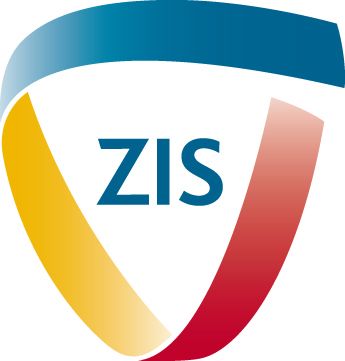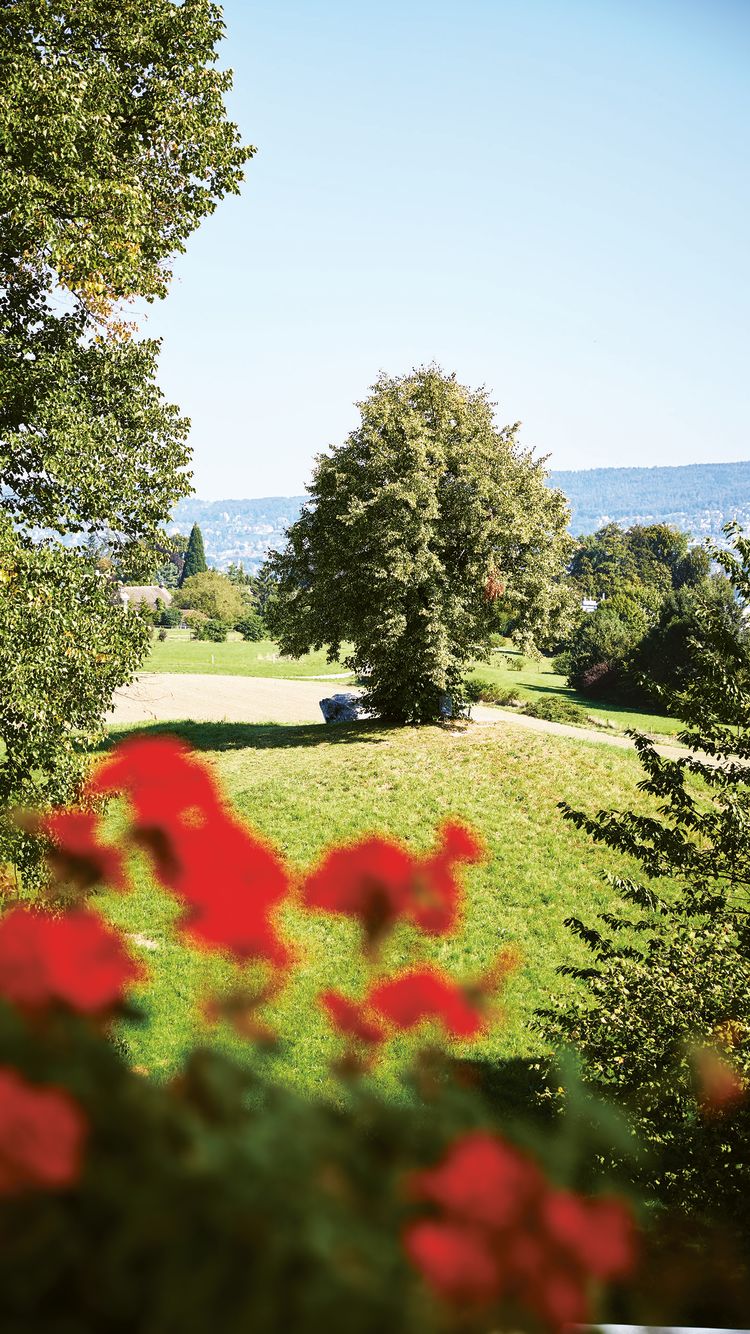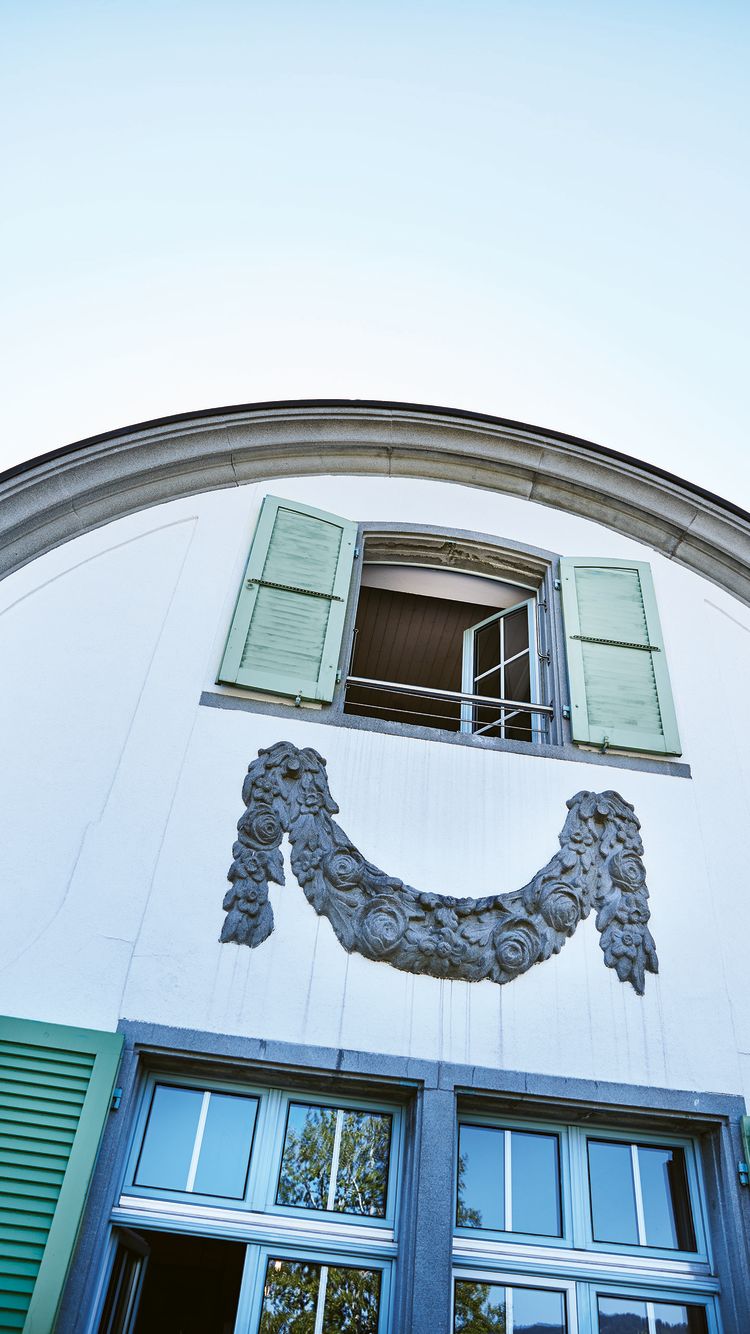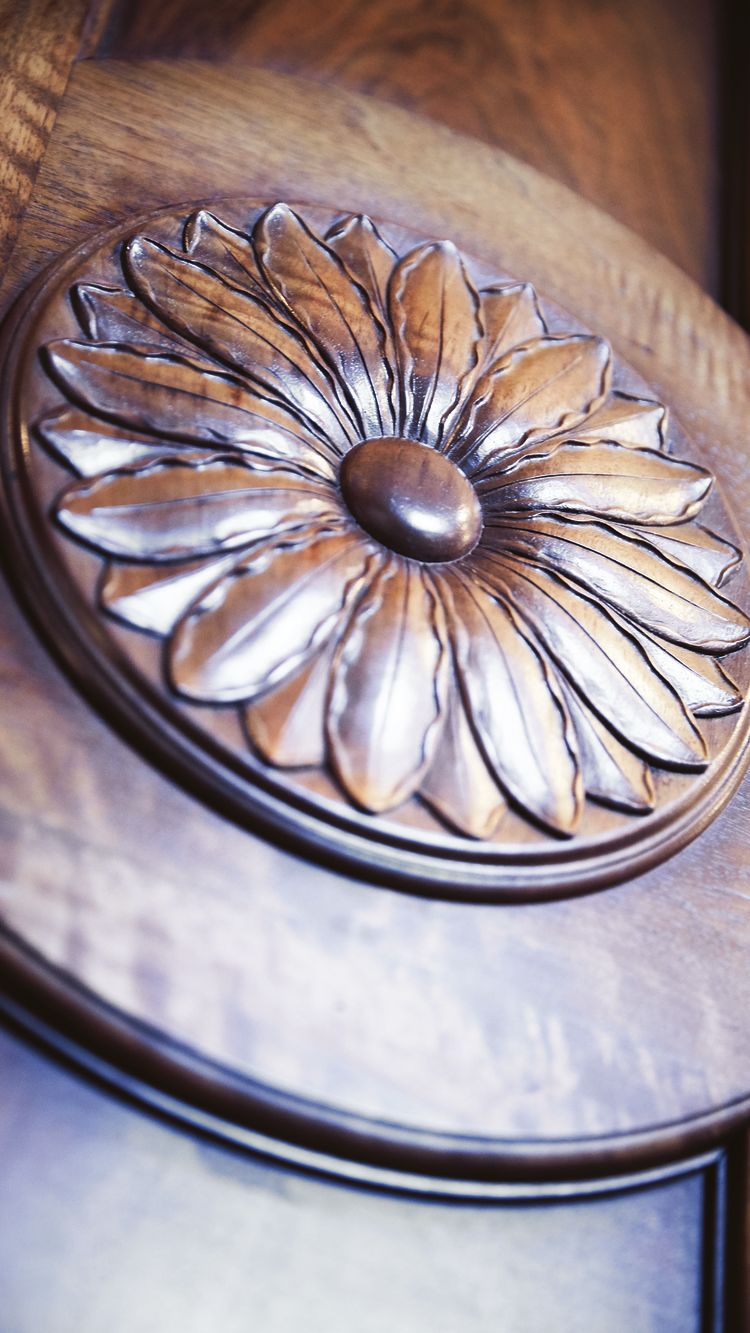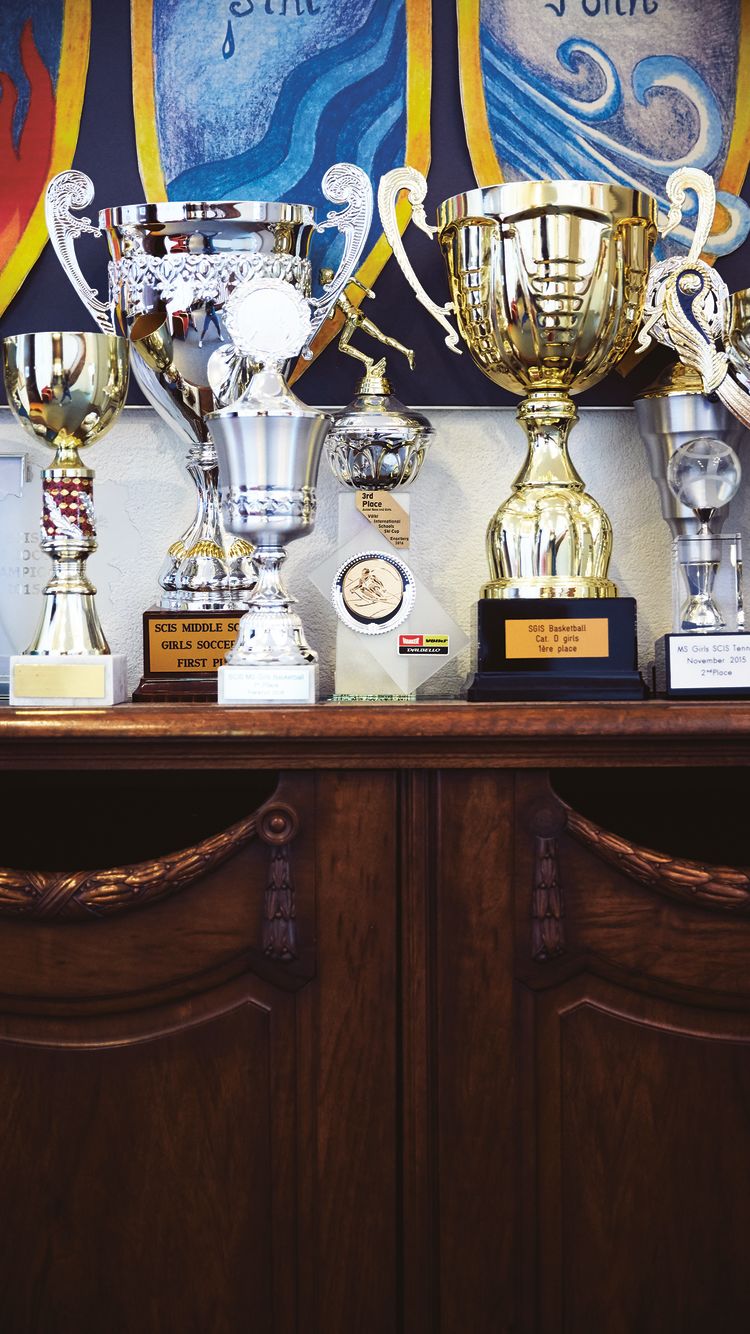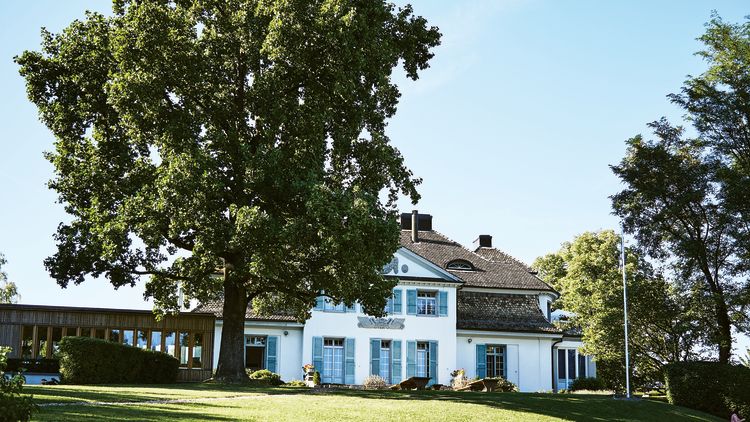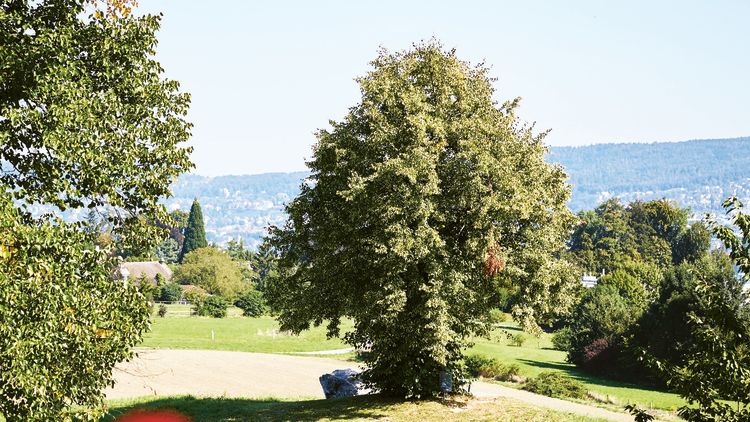Grand Designs
When the American International School of Zurich opened in 1963 it was as a result of extensive efforts behind the scenes.
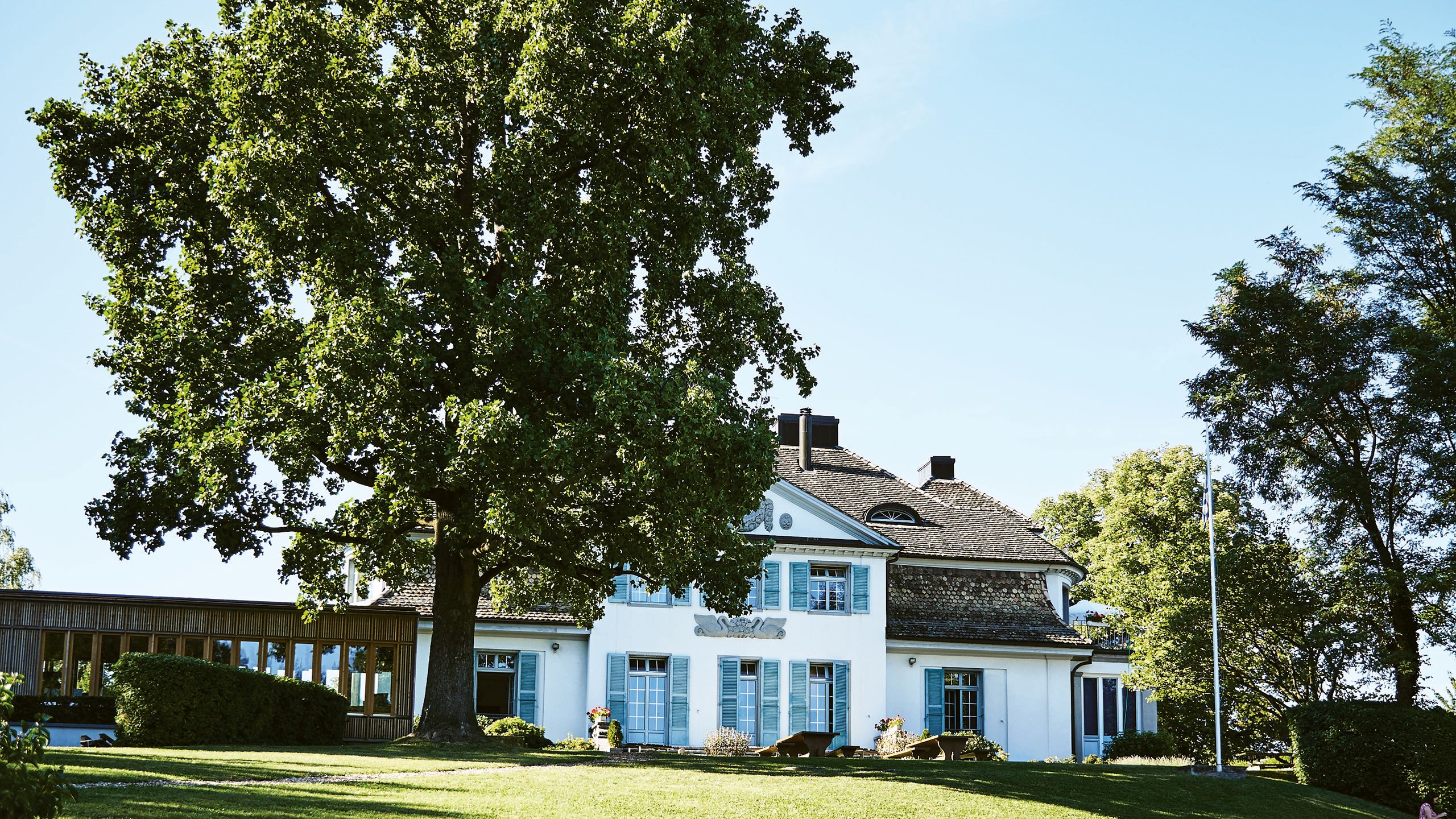
When starting at a new school, students can expect to have some gentle settling in time before lessons begin. But in the fall of 1963, the first students at the American International School of Zurich had a rather more hands-on experience. Working alongside their parents and teachers, they helped clear the grounds, build their own classroom furniture and place the textbooks on the shelves.
Don Bowden was one of the original staff members at AISZ, with responsibility for teaching all the social sciences. He says: “That story has become part of the school mythology, but it’s all true. Everyone certainly lent a hand – and in some cases a screwdriver or wrench – in making it happen. It really was remarkable how much of a unity we were: teachers, parents and students, all establishing the school.”
Forty-three boys and girls passed through the doors of the Spinnergut Villa on that day. Among them was Creighton Smith, Class of 1967 (1963-67). “We felt as though we were the pioneers,” he says. “It was like being part of NASA’s Mercury program – the first seven astronauts. That first day was just giddy. Most of the parents were there, and my dad was running around taking photographs. And we were just thinking, wow, how did we manage to make all this happen?”
In fact, it was the realisation of a plan first hatched over a game of bridge, according to another of the original students. Barbara Fake Shangle, Class of 1965 (1963-1964) had been attending a French lycée while her father, Roy Fake, worked for The Dow Chemical Company’s European distribution centre in Zurich. She says: “I remember my father saying there was an enclave of Americans who went to this international church, and they would get together on occasion to have dinner or play bridge.
“All of them started to say that we needed an American school – something to get the kids back on track before they went back to the States for college. That was where the whole concept began. My father was the first chairman of the board, and my mom, Marion, and Mr Smith were two of the people who found the villa – they did a lot of research.”
THE PERFECT SITE
Robert Smith, who had brought his family to Switzerland to open the first European office of Stanford Research Institute, involved his son in the search for a campus. On one scouting trip to Kilchberg, Creighton first set eyes on the Spinnergut Villa and immediately knew it would be the perfect site. He says: “I’ll never forget that day. We walked up to the villa, this beautiful place, and I just said, ‘Dad, this is it – it’s got everything.’”
While working through the immense practicalities of opening a school, the parents secured support and financial backing from the international companies in which they were employed. This proved essential to the scheme’s success. Creighton says: “When we ordered textbooks, one company would say, ‘OK – we’ll cover the cost,’ and another would say, ‘We’ll see it’s delivered in a week.’
Remember, it could take two weeks just to get an airmail letter from the UnitedStates in those days.”
The closeness of the AISZ community gave rise to a unique ethos. Don Bowden, whose wife, Joan, also joined the school as librarian, recalls: “We lived in a little town close by, and we had a number of parents as neighbours. It was always, ‘Come over – we’re all friends’. There was less of the formality that you see in many schools today, where it’s all strictly delineated. We were part of the family.”
The diversity of both the student body and the teaching faculty also shaped the spirit of AISZ. The staff, under the leadership of headmaster John Mattern, made up a cosmopolitan group. Like many other teachers, Don and Joan had worked elsewhere in Europe, coming to AISZ from a school in Athens. And even during the first year, trips to other nations were deemed a vital educational experience. Few who were present have forgotten the excursion to Berlin, at the height of the Cold War, just a few months after the assassination of President Kennedy. “To go to the Wall, where Kennedy had spoken – for me, that was huge,” says Creighton. “Mr Bowden, and all those like him who helped us to further our experience in Europe, were treasures.”
Don Bowden says: “Above all, we established an attitude towards acceptance of diversity, not exclusion. The student group was a fascinating mixture of Americans, Brits, Canadians, Germans, Swiss and others.
“I’d say the school was as much European as American: we had perhaps 20 different countries represented in those first three years. Today, of course, there are many more.”
The founding principles of AISZ were perpetuated when it merged with the International Primary School of Zurich in 2001. Philip Ryan was Chairman of the Board at the time, spearheading a successful campaign to raise funds for the new Zurich International School.
Like many others, he was determined that the ideal of a school community – and a community school – should be preserved. “With an international school like AISZ, the headmaster doesn’t just lead the school; he’s like the mayor of a town,” says Philip. “All the expatriates orbit around the school. The parents of your kids’ friends become your friends. Everybody’s involved in the school – doing all kinds of things to enrich the kids’ education.
“I had business friends and a few local friends, but almost all our close friends were involved with the school. It becomes all-encompassing: everyone’s emotionally involved. The community is completely interwoven.
The merged school immediately faced a major problem: an acute lack of space. And, as in 1963, it was again thanks to the community of parents that it found a temporary home.
Philip says: “The board went out to the parents and said, ‘Keep your ear to the ground – we’ve got to find a block of space we can rent for two to three years.’ Sure enough, one of my contacts found a building that was being abandoned by Credit Suisse. That rescued the school.I literally don’t know what we would otherwise have done.”
"Everybody's involved in the school, doing all kinds of things to enrich the kid's education"
Philip Ryan, Chairman of the Board (2002-2004)
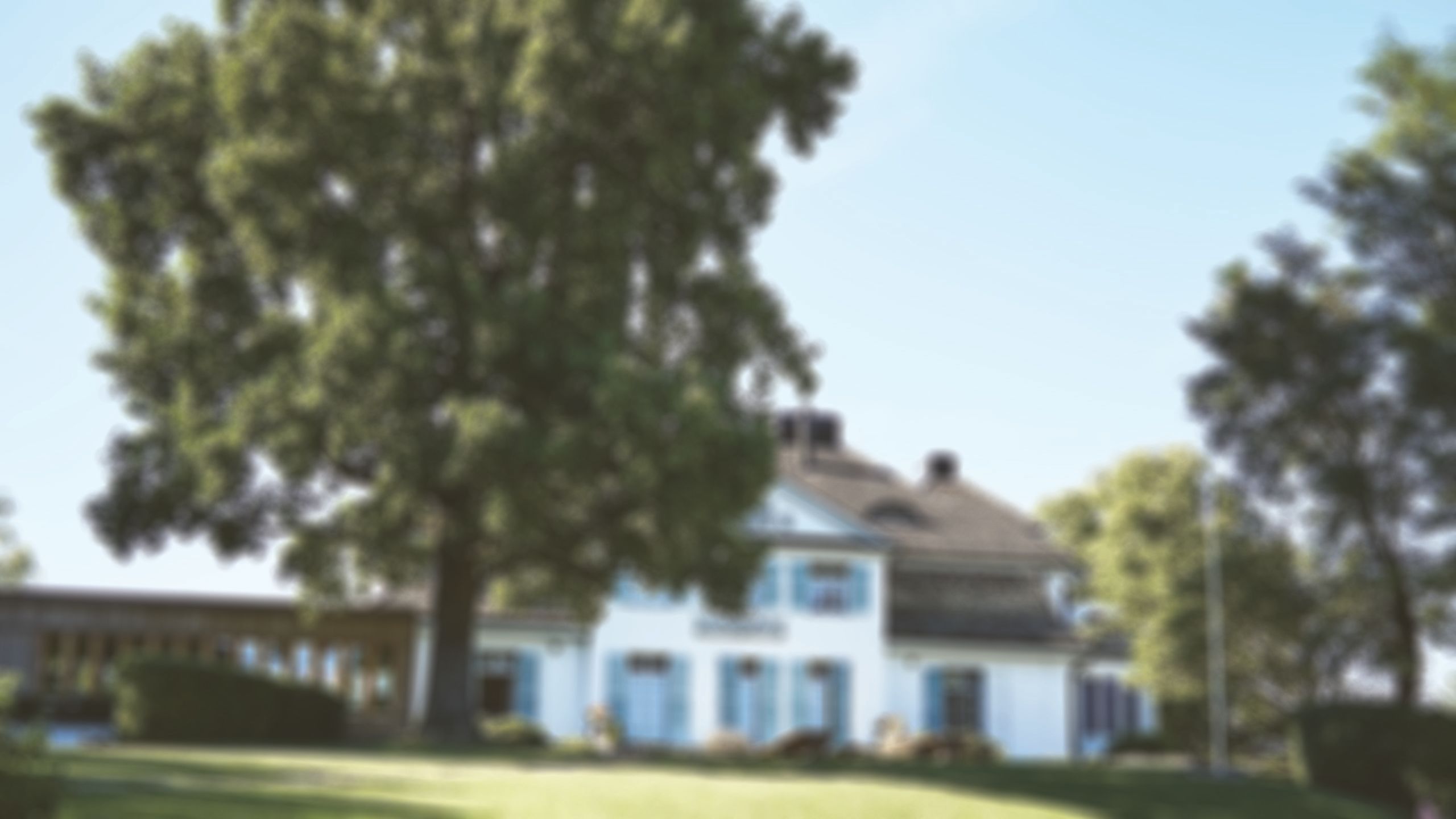
AMAZING PERIOD OF CHANGE
During his time as chairman, Philip helped guide the school through its greatest period of transformation – and did so with the help of a great number of volunteers from all parts of the school community.
Most importantly, he played a leading role in the successful campaign to fund the new Upper School, which opened its doors in 2008 with money raised from big corporations and the community.
He says: “With the planning and fundraising for the new high school, it was an amazing period of tremendous growth and change. The businesscommunity in Zurich was just exploding.”
Michaela Seeger, who co-chaired the fundraising committee with Philip, and is now Director of Community Relations, says: “That sense of all of us working together to make ZIS better is something that has been passed on from those early years and is still prevailing today.
“The community is amazingly generous in giving its resources of both time and money. In 2008, this generosity made it possible for us the open the new Upper School. This year, we were able to fund the new community centres, The Den and Den Jr. This spirit impacts the experience of all of us, whether we are students, alumni, parents or employees. We all benefit from it.”
A number of initiatives have helped to strengthen the links between the present-day ZIS and its distinguished past, including the well-attended alumni events held in Switzerland and around the world – including a 2013 reunion in Zurich to mark the 50th anniversary.
At the event, Creighton arranged for the installation of the plaque that can now be seen in the entrance to the Spinnergut Villa. Its tribute to the founders states simply: ‘They gave us the world’.
“That time was so special,” says Creighton. “Those parents came together and did that for us. ZIS students were, and continue to be, the luckiest kids in the world.
“I have so much pride when I go back, and I know that my dad did. He’d often say, ‘That school was really something.’ Like all of those other parents, he felt he’d done something quite fine. And he had nothing but praise for the people who came after him and built on it.”
Timeline of the school history
1963
The American International School of Zurich (AISZ) is founded at the Spinnergut Villa in Kilchberg, a former family home built in 1914.
1970
The English Language Kindergarten opens. By 1979 it moves to the Naville Villa in Kilchberg (current ECC) and in 1980 becomes IPSZ.
1971
AISZ achieves dual accreditation from two leading education accreditation bodies for international schools, the NEASC and the ECIS.
1999
The International Baccalaureate is introduced, offering students a choice of curricular pathways in addition to Advanced Placement courses.
2001
AISZ and IPSZ merge to form Zurich International School. The purpose-built Lower School opens in Wädenswil a year later.
2008
A new state-of-the-art Upper School is opened in Adliswil. The Spinnergut Villa now becomes home to the Middle School.
2013
In its 50th anniversary year, ZIS is now attended by more than 1,450 children. Alumni from around the world return for the celebrations.
